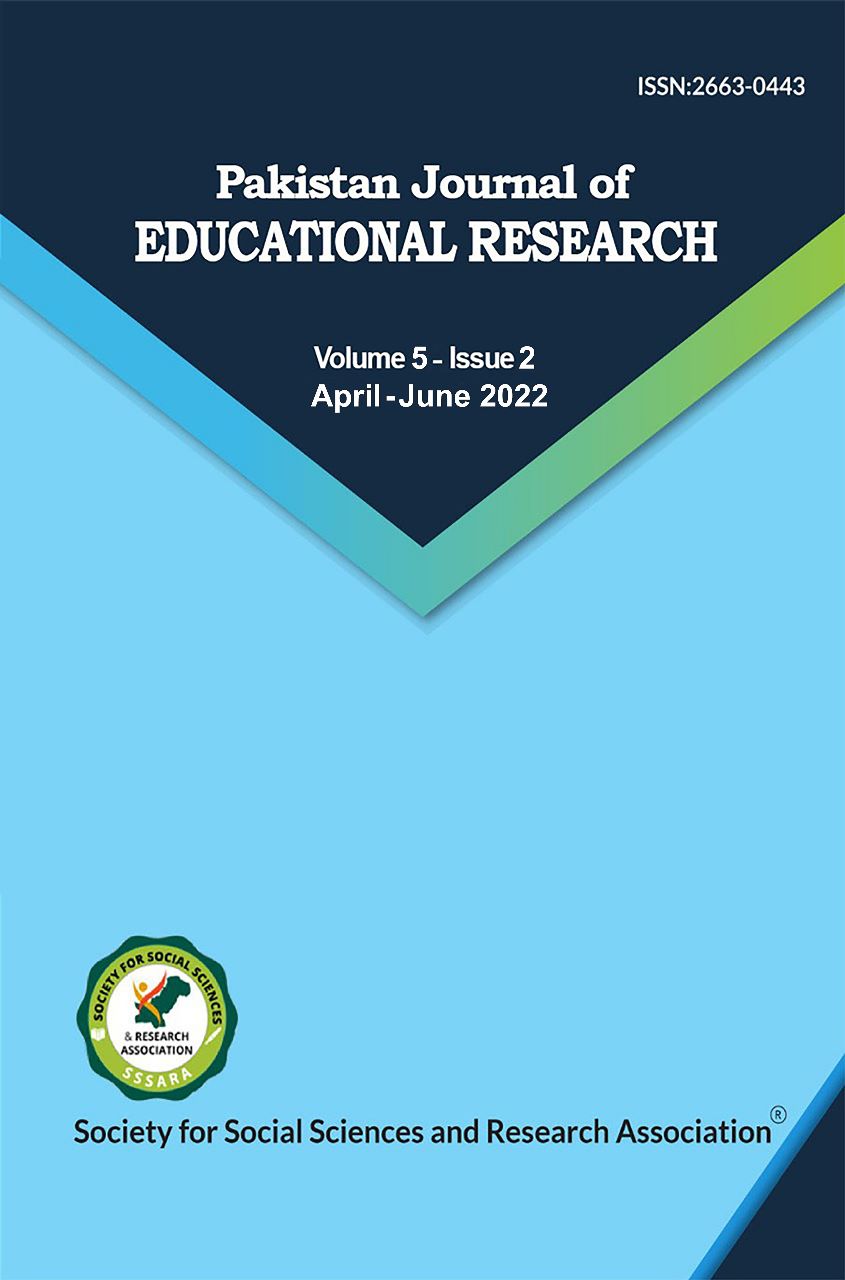RELATIONSHIP BETWEEN DEMOTIVATIONAL FACTORS AND EMPLOYEE PERFORMANCE: OPINION OF UNIVERSITY AND OTHER WORKPLACE BASED EMPLOYEES
DOI:
https://doi.org/10.52337/pjer.v5i2.603Abstract
Work is a very important part of man’s life. Hundreds of theories have been written on the topic of motivational level of employees and the factors behind creating demotivation among them, we human beings naturally born with the high imaginative power which leads us to think over to get power, high position, financial stability, look towards life as an adventure, feeling of extreme excitement towards getting or fulfilled our goals and dreams and when the matter comes towards their work life the need for a certain things become more strength full through them and they can feel enjoy doing their work, feel empowerment ,professional grooming and excitement at their work place, but sometimes due to some of the de motivational factors employee starts taking their work as a burdened , so for the purpose to find out that what sort of practices done by the supervisors which leads to create de motivation among Pakistani (Karachi) based employees, a small sample size of 60 professionals have been taken from a diversified organizations, and after analysis and meditation found out that inequality, biasness, issue of temporary employment ,lack of empowerment to bring some innovation are detected as the most practicing de motivational factors. Another exponential factor which create high disturbance among employees exist when within the organizational culture people starts getting favor more easily as compare to reward and sometimes even their rights, considered as one of the worst de motivation for talented, capable and workable employees.



